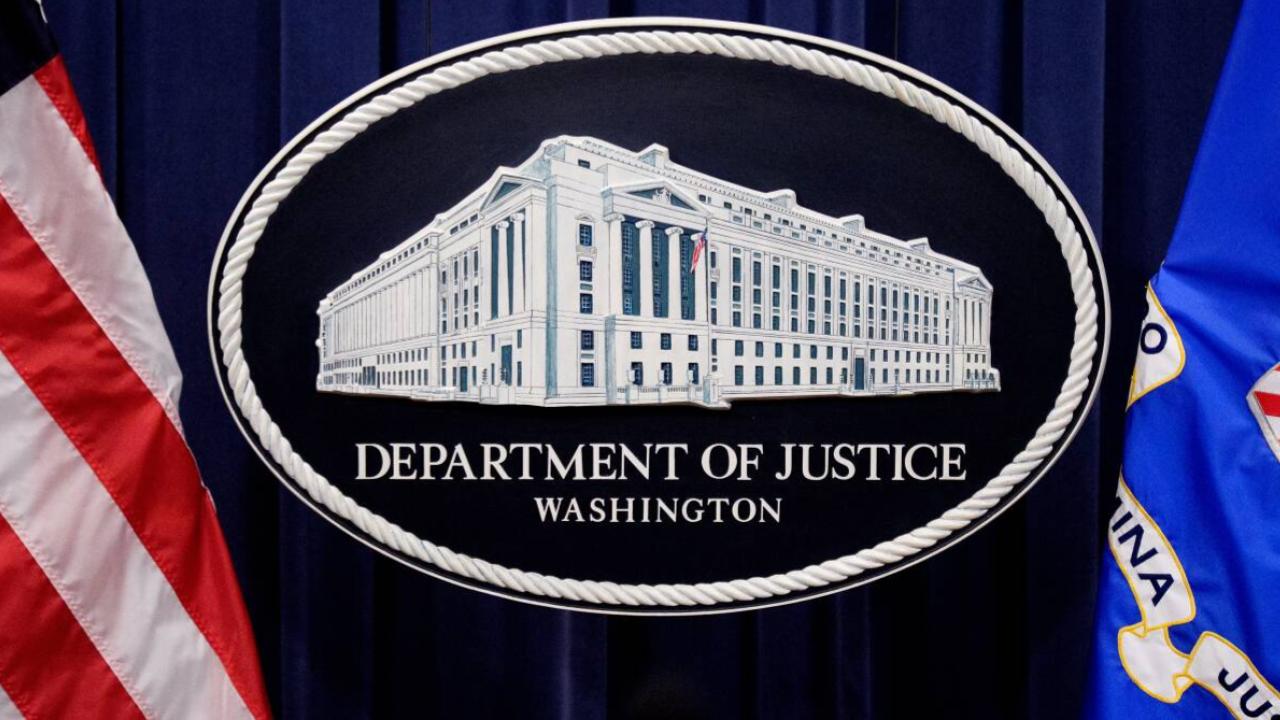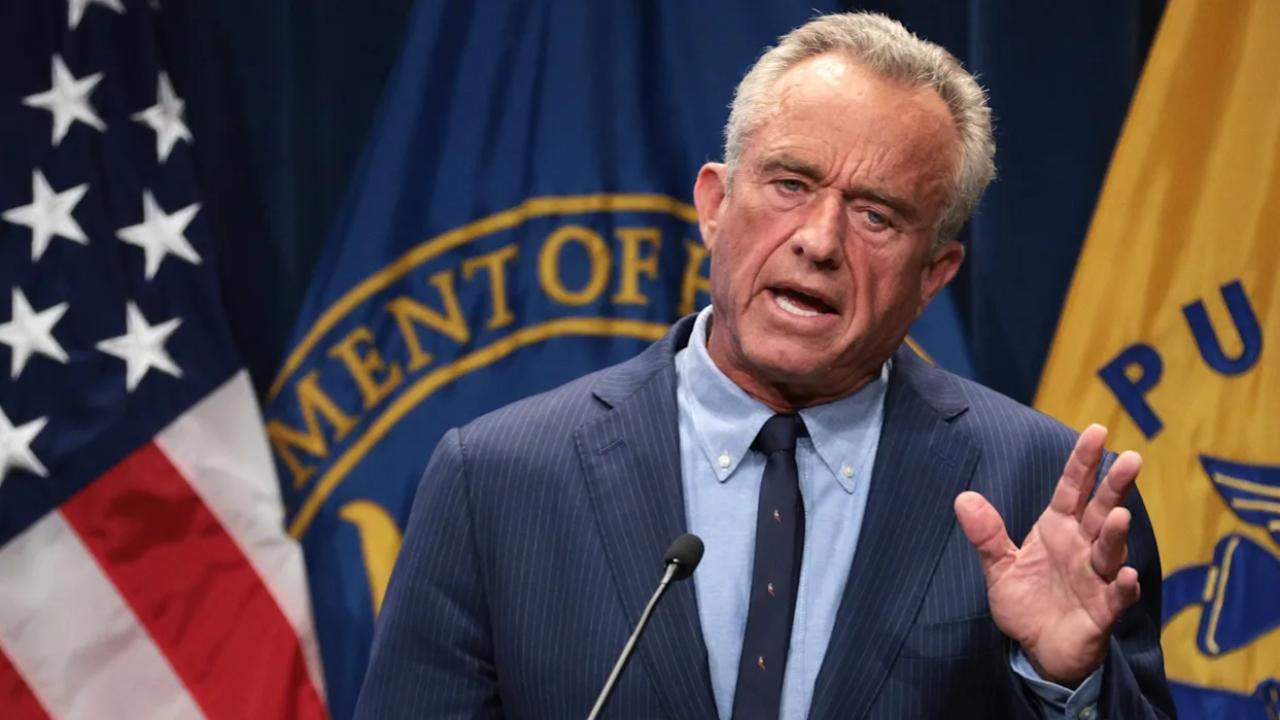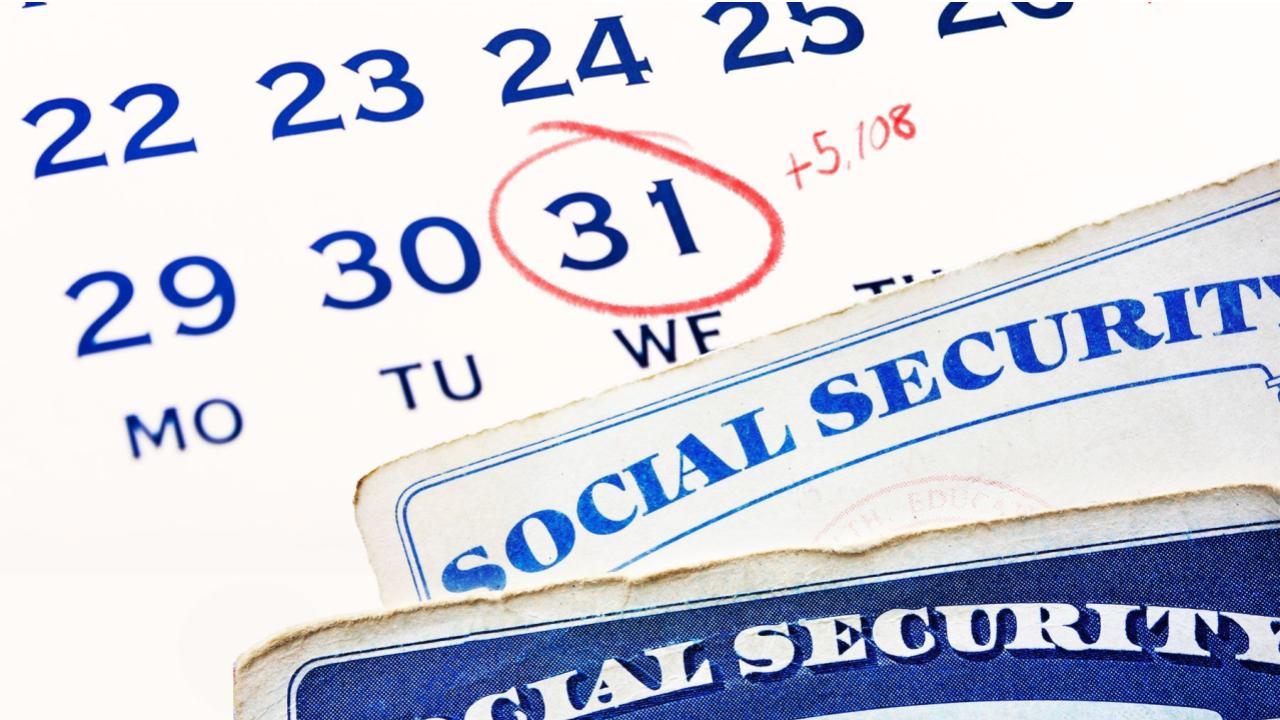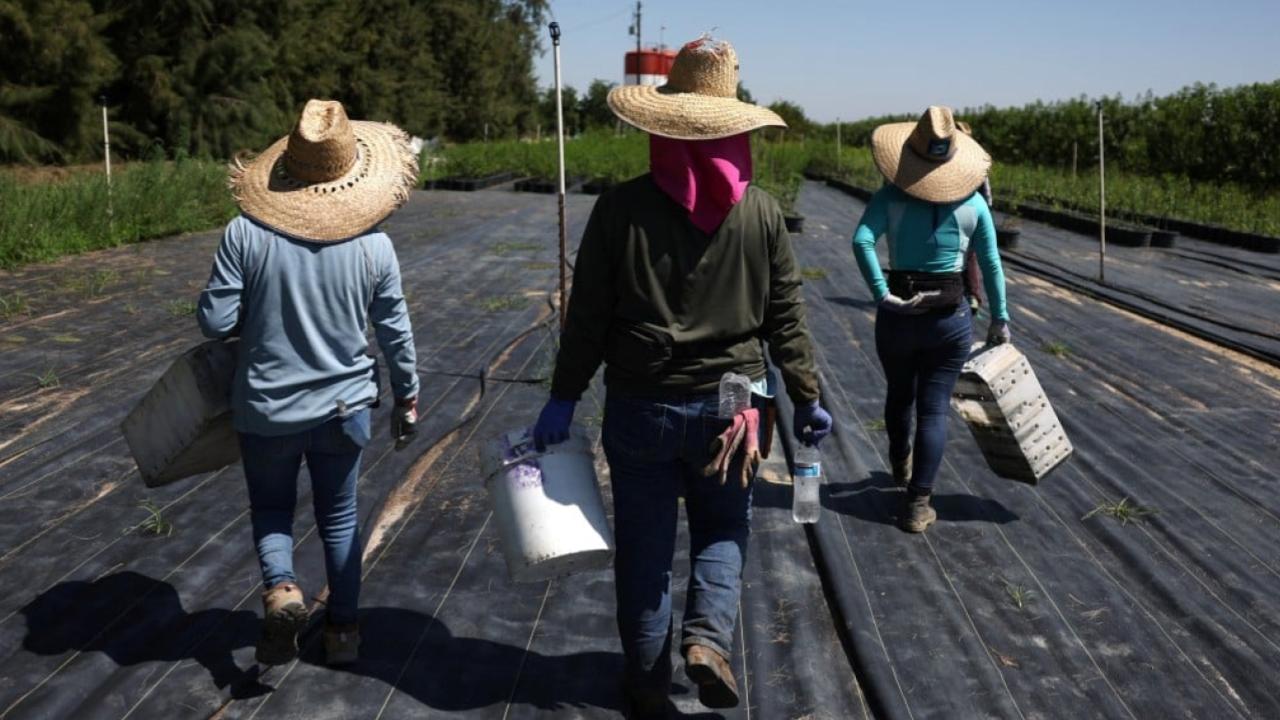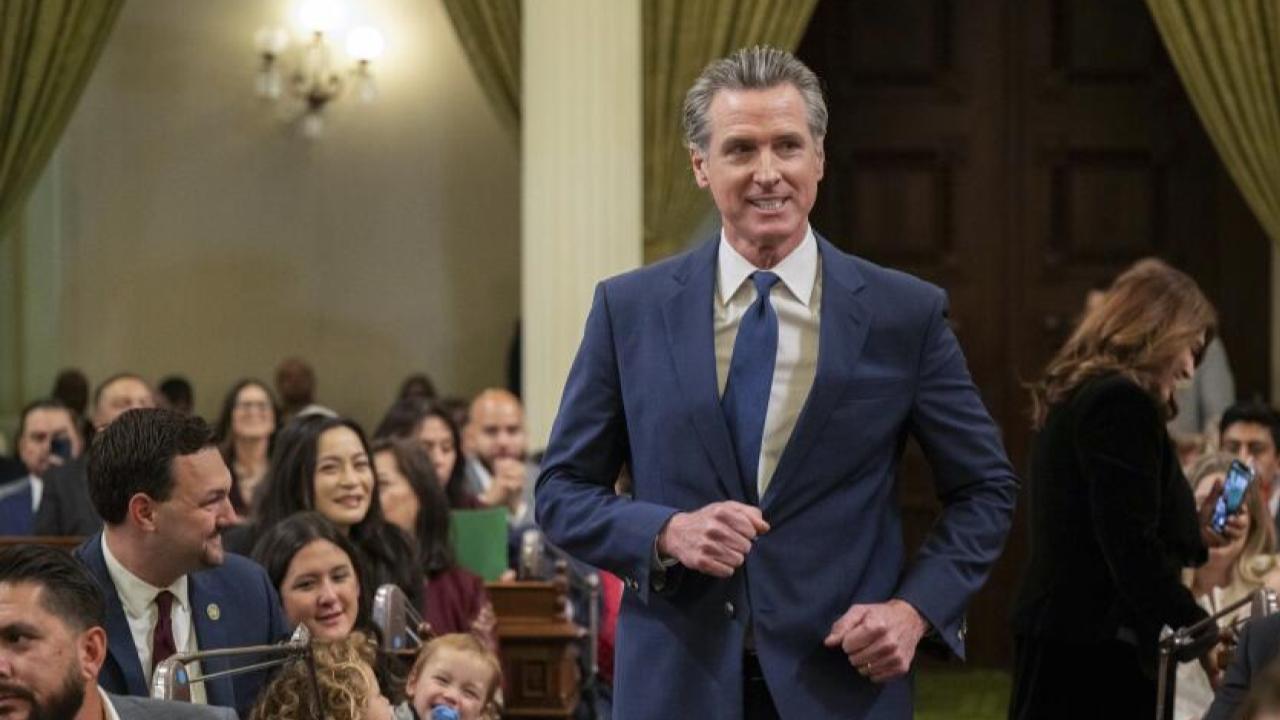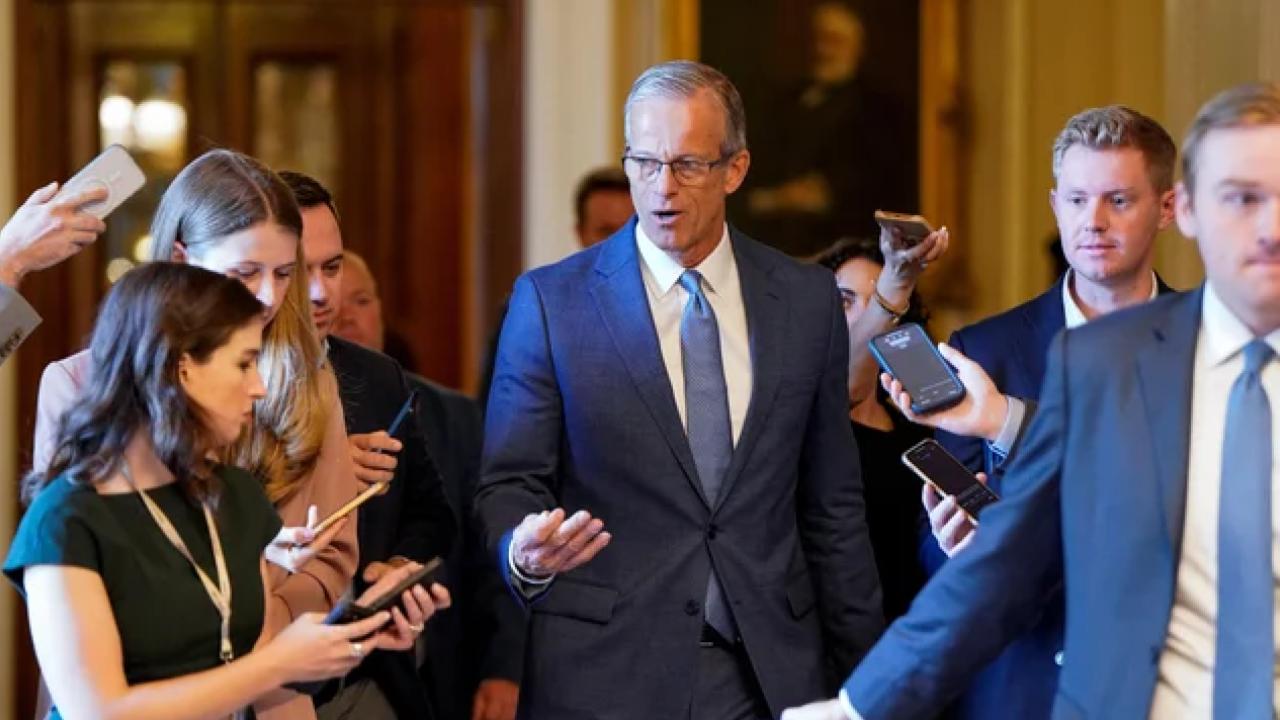On May 19, 2025, former U.S. President Donald Trump engaged in a two-hour phone call with Russian President Vladimir Putin. The topic? The never-ending war in Ukraine. But here’s what made headlines across the globe—Trump spoke to Putin first, then followed up with a call to Ukrainian President Volodymyr Zelenskyy. That move raised a lot of eyebrows.
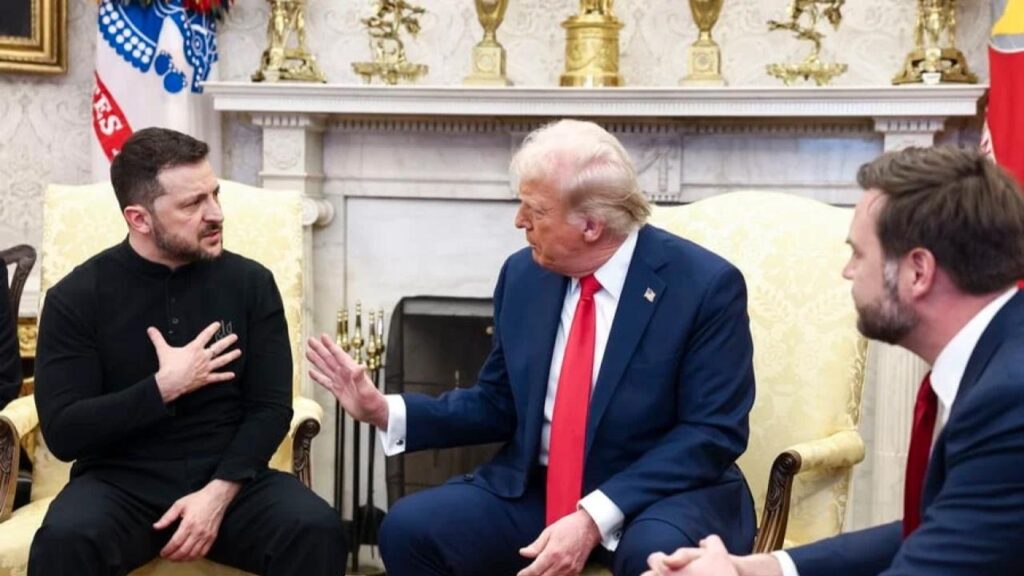
In this deep dive, we’ll break down what really went down, who said what, and what this means for the future of Ukraine, Russia, and global diplomacy.
Trump Talks to Putin for 2 Hours—Snubs Zelenskyy?
| Topic | Details |
|---|---|
| Trump-Putin Call | A 2-hour conversation focused on launching ceasefire negotiations between Russia and Ukraine. |
| Ceasefire Proposal | Trump claimed both sides would start immediate peace negotiations, with the Vatican as a potential host. |
| Putin’s Position | Putin welcomed talks but shot down a 30-day unconditional ceasefire, pushing instead to solve “core issues” like Ukraine’s NATO ties. |
| Zelenskyy’s Reaction | The Ukrainian President still wants an immediate ceasefire and called on the U.S. and Europe to put pressure on Moscow. |
| Vatican’s Role | The Pope offered to host the peace talks, and global leaders seem on board. |
| International Backlash | European Union leaders are worried about America stepping back and leaving too much room for Russia’s narrative. |
| Trump-Zelenskyy Tensions | Back in February 2025, a White House meeting between the two reportedly turned ugly. |
This week’s calls may feel like a big step toward peace—but words are cheap in global politics. The key will be follow-through: Do these calls lead to concrete talks and real results?
Trump’s involvement makes things messy, but it also brings urgency. Now it’s up to Biden, NATO, and the global community to either join in or risk sitting this one out.
Context: What’s the Big Picture?
The Russia-Ukraine war, which started in 2022, has dragged on for over three years. With over half a million casualties and millions displaced, every call for peace is a high-stakes gamble.
What makes this recent phone call controversial isn’t just who Trump called first—it’s the broader question of who’s in charge of peacemaking. Is the U.S. still leading, or is Trump freelancing?
What’s in It for the World?
For World Leaders & Policymakers
- Get real about diplomacy: Peace will take more than photo-ops. It needs multilateral commitment, trust-building, and long-term strategy.
- Bring in unbiased mediators: The Vatican, as a neutral religious authority, could be the wildcard peace needs.
For the Public
- Stay aware: Conflicts overseas hit home—energy prices, global food security, and even U.S. alliances are at stake.
- Ask the hard questions: Why is diplomacy being conducted by someone not currently holding office?
The Play-by-Play: Step-by-Step Peace Plan
Step 1: Ceasefire First
Trump and Putin allegedly agreed to initiate ceasefire talks. Ukraine, however, insists on no strings attached.
Step 2: Pick a Neutral Ground
The Vatican was floated as the venue. Pope Leo XIV reportedly offered to host. It’s not a done deal yet, but it’s gaining support.
Step 3: Address the “Root Causes”
Russia wants:
- Ukraine to stay out of NATO
- “Demilitarization” of Eastern Ukraine
- Recognition of Crimea as Russian territory
Ukraine? Not having it.
Step 4: Build Some Trust
Expect early steps like prisoner exchanges, humanitarian corridors, and maybe joint monitoring.
Step 5: Get it on Paper
If a deal happens, the hard part is enforcing it. Any agreement must be backed by international guarantees, especially from NATO and the EU.
What’s the Deal with Trump and Zelenskyy?
Let’s rewind to February 2025. Trump invited Zelenskyy to the Oval Office, but the meeting went sideways real fast. Reports said Trump called Zelenskyy “ungrateful” and accused him of dragging the U.S. into a “forever war.” No love lost there—and now, after this week’s Putin-first call, that tension is front and center again.
International Reactions: The Good, The Bad, and The Nervous
- Germany and France said they support peace talks but raised red flags over Trump’s solo diplomacy.
- NATO Secretary-General warned against “backdoor negotiations” that exclude European allies.
- The EU Parliament issued a statement urging the U.S. to take a more transparent approach to peace-building.
‘The Voice’ Finale Stunner: Jadyn Cree’s Epic Showdown Leaves Fans Speechless
IKEA’s Furniture and Meatballs Takeover: New Locations Revealed for 2025 and 2026
Frequently Asked Questions (FAQs)
Q1: Why did Trump call Putin before Zelenskyy?
A: Trump said he wanted to “start where the war started.” Critics say it was a deliberate power move.
Q2: Is Trump allowed to negotiate peace deals as a former president?
A: He can talk, but he can’t sign anything official. Only current U.S. government reps can negotiate legally binding agreements.
Q3: What does Ukraine think of all this?
A: Zelenskyy’s camp is cautious. They want real peace, not just headlines—and they want the U.S. to stay involved officially.
Q4: What happens next?
A: If both sides agree, we could see a formal peace summit at the Vatican in the coming weeks.

